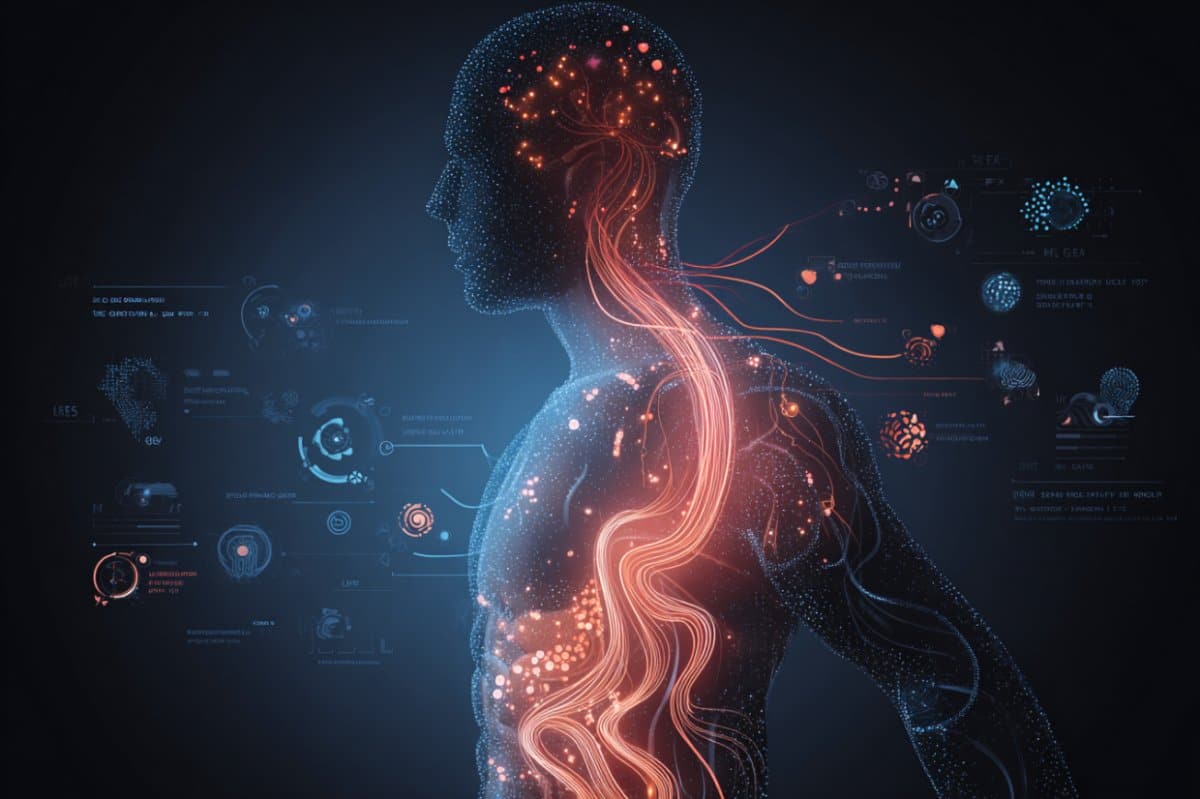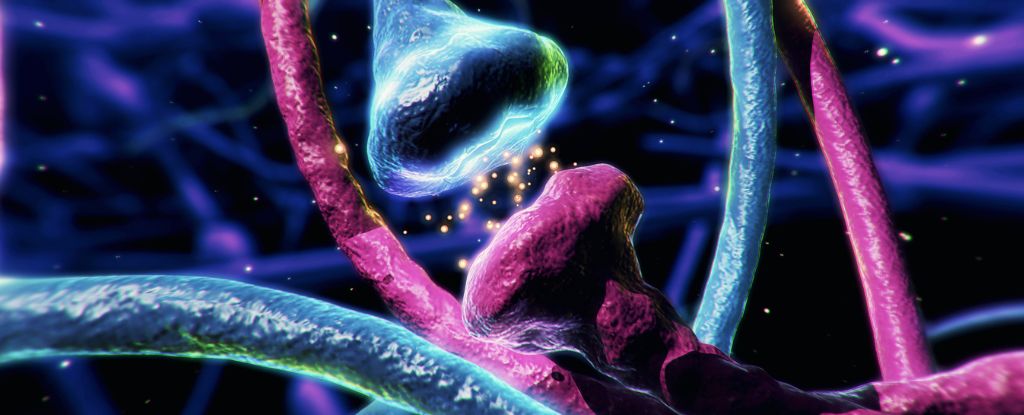T4K3.news
Study reveals coelacanth's misunderstood anatomy
Researchers identify ligaments mistaken for muscles in coelacanth anatomy.

A new study reveals surprising findings about the anatomy of the coelacanth.
Prehistoric fish challenges long-held evolutionary beliefs
Researchers from the University of São Paulo and the Smithsonian Institution have revised our understanding of vertebrate evolution based on their recent study of the coelacanth. Once labeled muscles, many structures in this ancient fish are actually ligaments. This revelation reduces the previously estimated muscle innovations from 100% to just 13% for this species. The findings highlight that coelacanths share more similarities with cartilaginous fish and tetrapods than with ray-finned fish, which dominate modern aquatic ecosystems.
Key Takeaways
"The coelacanth turned out to be even more similar to cartilaginous fish than previously thought."
This reflects new insights on the coelacanth's evolutionary relationships.
"We now show this isn’t true. This only appeared at least 30 million years later."
This underscores how reinterpretation of evolutionary features can change understanding.
"Proper dissection preserves specimens for future research."
This emphasizes the critical need for careful scientific study, especially with rare species.
"Seeing each muscle and nerve firsthand allowed us to identify what was actually in the coelacanth’s head with certainty."
This showcases the detailed nature of their research and its importance.
This groundbreaking discovery could redefine our understanding of vertebrate evolution. It suggests that the coelacanth's feeding mechanisms were not only mischaracterized but also demonstrates how much we still have to learn about ancient species. As researchers delve deeper into these complex evolutionary stories, they confront the contrast between the ancient lineage of the coelacanth and the successful adaptations of ray-finned fish. This shift in perspective might lead to further revisions in evolutionary biology, influencing research priorities and funding in the field.
Highlights
- Coelacanth's anatomy reveals more secrets than we imagined.
- The past has many lessons, especially from 'living fossils'.
- Sometimes what we thought was true does not stand scrutiny.
- Evolution continues to surprise us with its twists.
Potential implications for evolutionary biology
This discovery could lead to significant shifts in how evolutionary history is taught and understood, affecting funding and focus in research.
Future research may further unveil the mysteries of vertebrate evolution.
Enjoyed this? Let your friends know!
Related News

Study reveals striatum as key area for dopamine in the brain

Triassic reptile skin discovery reshapes evolutionary understanding

Groundbreaking Fossil Discovery Revealed

Study Links Gut Health to Chronic Fatigue and Long COVID

Ancient Thai site reveals early betel nut use

Study reveals potatoes evolved from tomatoes

Oxford researchers discover why we need sleep

New Mole Fossil Found That Changes Evolution Understanding
